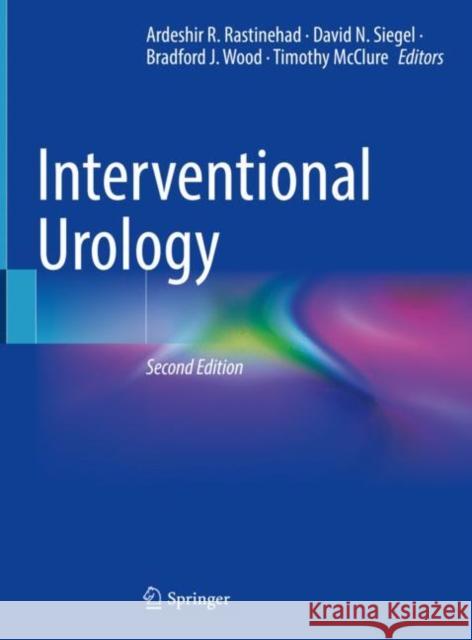Interventional Urology » książka
topmenu
Interventional Urology
ISBN-13: 9783030735647 / Angielski / Twarda / 2021 / 574 str.
Interventional Urology
ISBN-13: 9783030735647 / Angielski / Twarda / 2021 / 574 str.
cena 642,56
(netto: 611,96 VAT: 5%)
Najniższa cena z 30 dni: 616,85
(netto: 611,96 VAT: 5%)
Najniższa cena z 30 dni: 616,85
Termin realizacji zamówienia:
ok. 22 dni roboczych.
ok. 22 dni roboczych.
Darmowa dostawa!
Kategorie BISAC:
Wydawca:
Springer
Język:
Angielski
ISBN-13:
9783030735647
Rok wydania:
2021
Wydanie:
2021
Ilość stron:
574
Waga:
1.80 kg
Wymiary:
29.21 x 21.59 x 2.54
Oprawa:
Twarda
Wolumenów:
01
Dodatkowe informacje:
Wydanie ilustrowane











